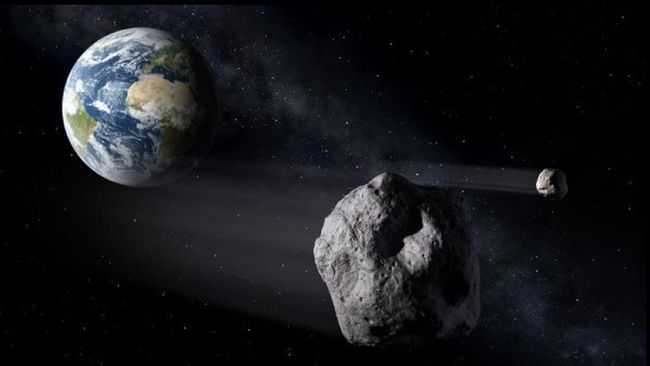New research has revealed that these armored predators don’t just hunt smaller, weaker animals for food. Occasionally, the Trilobite will bite its comrade of the same species.
Trilobites are now extinct marine arthropods that first appeared in the fossil record about 541 million years ago. They were stout creatures with thick exoskeletons, from which many trilobite fossils have probably been preserved during this time.
Read also; This is a row of rarely known cannibals, number 5 is unexpected
Russell Bicknell, a paleontologist at the University of New England in Australia, spent five years examining Trilobite fossils from the Emu Bay Shale formation on Kangaroo Island in South Australia. Two species of Trilobites of the same genus were found in this formation, namely Redlichia takooensis, a deposit feeder that feeds on particles on the seafloor, and the larger predatory Redlichia rex.
Many Redlichia takooensis fossils have been found with bite marks, mostly on their hind ends. Paleontologists know that Redlichia rex preyed on Redlichia takooensis. In the Emu Bay formation, the petrified faeces, called coprolites, left by Redlichia rex contain the remains of trilobite shells.
This indicates that Redlichia rex has the ability to eat smaller trilobite species. What was unexpected, however, were the similar bite marks on Redlichia rex. These injuries, the researchers concluded, were likely the result of cannibalism.
Read also; Terrible Hammer Worms, Cannibals and Poisonous Buntal Fish
Most of the wounds seen in Emu Bay fossils are wounds to the stomach and not to the head. Bicknell believes this is because injured animals are trying to escape the clutches of their predators, but he also suggests there may be a slight survival bias at play as well.
–

